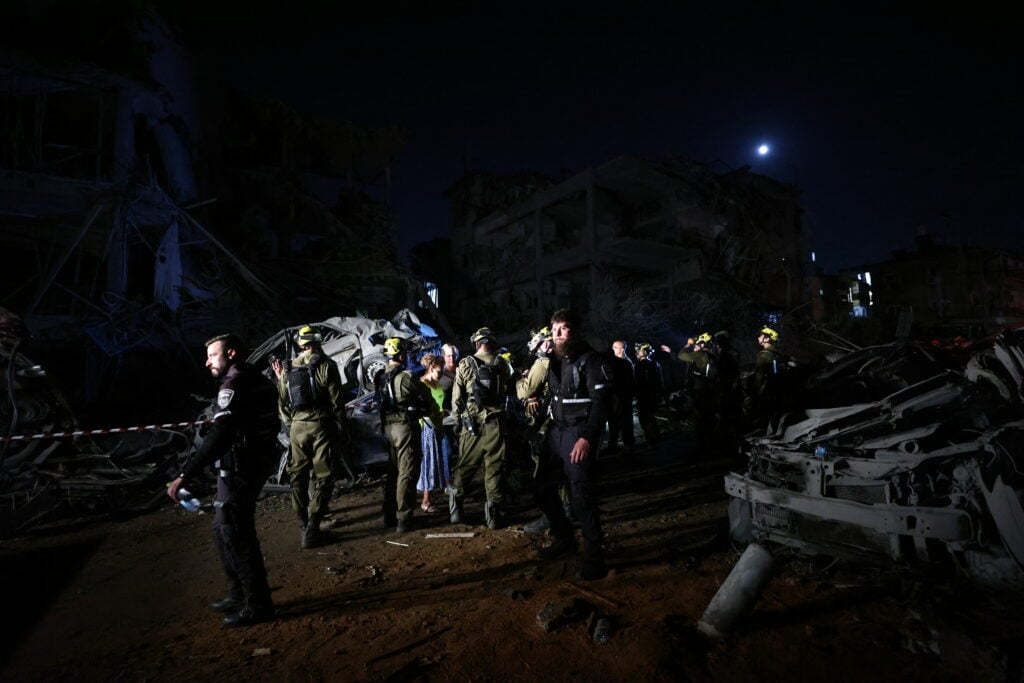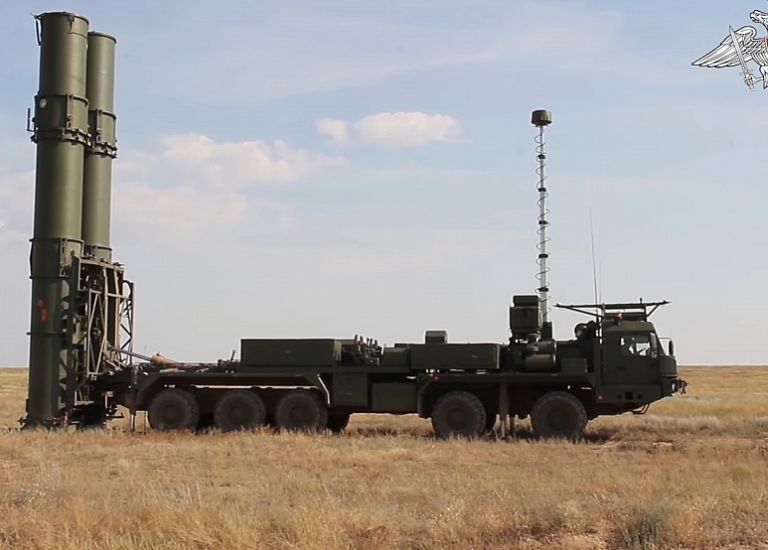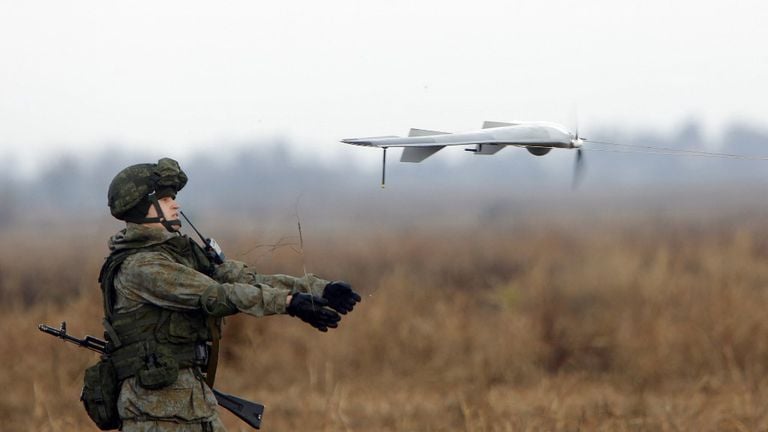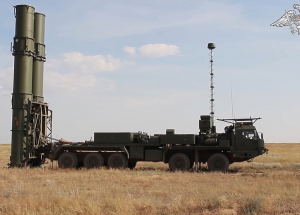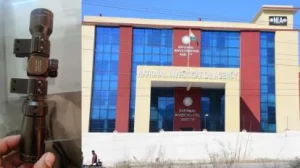Airspace in Jordan, Syria, and Lebanon was reopened on Saturday following a brief closure that was enacted as tensions escalated between Israel and Iran. The closures were implemented just a day prior, highlighting the volatility of the region as neighboring countries reacted to the exchange of fire between these two nations.
Jordan, which maintains formal diplomatic relations with Israel, led the way in reopening its airspace, with the chairman of the Jordanian Civil Aviation Regulatory Commission, Haitham Misto, announcing the resumption of operations starting at 7:30 AM local time. This move underscores Jordan’s strategic role in the region, particularly given its geographic proximity to Israel.
Syria’s airspace was also reopened to civilian aircraft. The country has faced significant instability since the civil war began over a decade ago, especially following the ousting of Bashar al-Assad, an ally of Iran. The current leadership, made up of Islamist former rebels, has attempted to navigate the complex political landscape, which is further complicated by external influences and ongoing conflicts.
Meanwhile, in Lebanon, Transport Minister Fayez Rassamni announced that airspace would be reopened from 10:00 AM local time. Lebanon’s situation is particularly complicated due to the presence of Hezbollah, a militant group that engaged in a fierce conflict with Israel that concluded in late 2024. Since that war, Lebanon’s government has focused on implementing a ceasefire agreement that requires Hezbollah to surrender its arsenal and withdraw from regions near the Israeli border.
The reopening of airspace in these countries reflects a temporary easing of tensions, but the underlying geopolitical complexities remain unresolved. As regional dynamics evolve, the situation continues to call for careful monitoring and diplomatic engagement.
